Pontsarn Viaduct
Pontsarn Viaduct
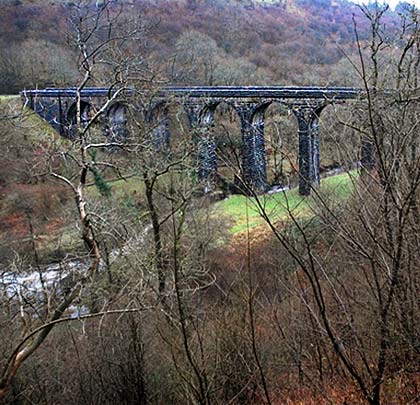
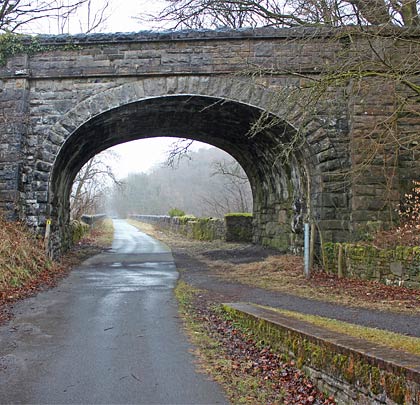
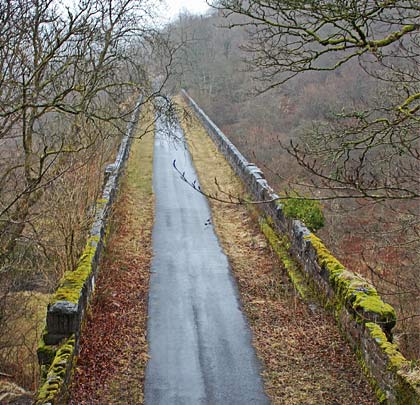
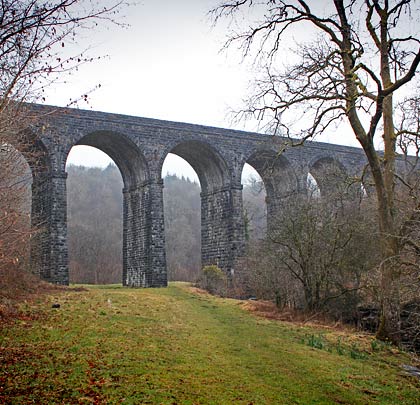
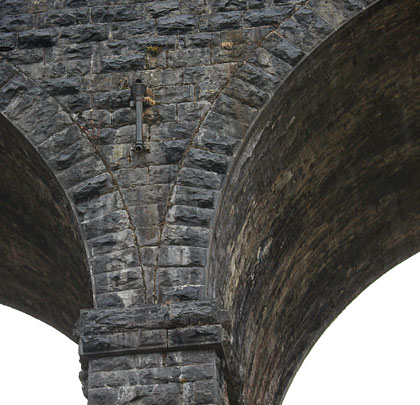
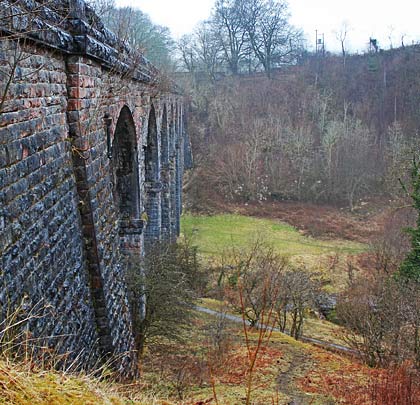
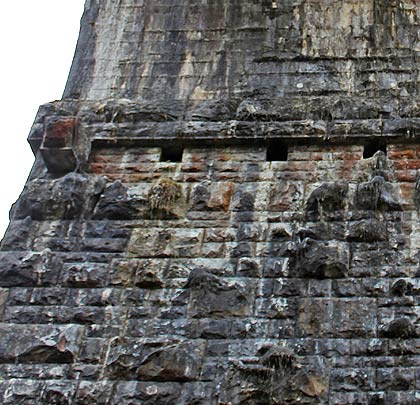
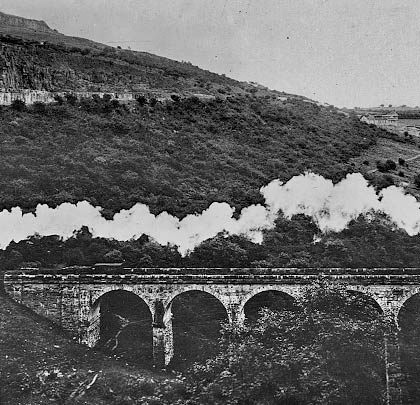








Established by a Bill of 1858, the Brecon and Merthyr Tydfil Junction Railway was one of several serving the heavily industrialised areas of South Wales and Monmouthshire. Over the years, it absorbed a number of smaller companies and negotiated running powers on other lines. Despite being small in comparison with local competitors, it survived as a separate entity until railway grouping in 1923.
Its tendency for accidents gained it the unfortunate label of the “Breakneck and Murder Railway”. These mishaps were largely driven by its severe gradients, one of which – a notorious 1:37 climb known as the Seven Mile Bank – presented the steepest continuous ascent on Britain’s railway network.
To establish a route into Merthyr Tydfil, the company laid a line that curved around the town’s west side to enter from the south. It extended for seven miles, descending from Pontsticill on gradients of 1:50 or steeper. Included were two viaducts, at Cefn Coed and Pontsarn, engineered by Alexander Sunderland and built by Savin & Ward.
Opened in 1867, Pontsarn Viaduct plots a straight course across the Afon Taf Fechan. Six years later, the local rector recorded 21 services a day using the structure, crossing at a height of 92 feet above the water. It comprises seven spans, with an overall reach of 152 yards.
Built entirely in limestone quarried from a nearby cutting, the structure was wide enough to accommodate two tracks but only one was laid. The parapets, which have been patch repaired in engineering brick, make no provision for refuges. A string course runs beneath them. Drain pipes emerge from the spandrels on both sides. Just below their impost bands, putlogs are apparent in the piers, used to hold the arches’ timber centring during construction. Buttresses give support to the substantial abutments at their junction with the first arch.
The viaduct’s period of operational service came to an end on 1st August 1966. It gained a Grade II* listing in August 1975. Both this and Cefn Coed Viaduct now form part of the Taff Trail cycle path.
(Ray Jones’ photo, taken from Geograph, is used under this Creative Commons licence.)







